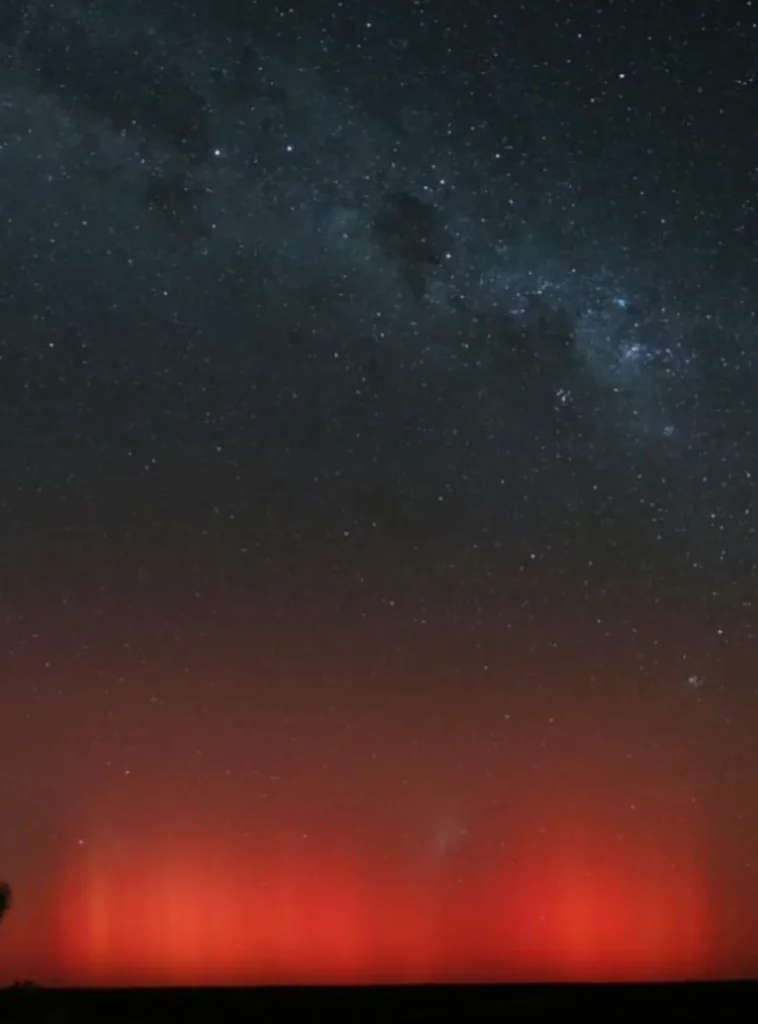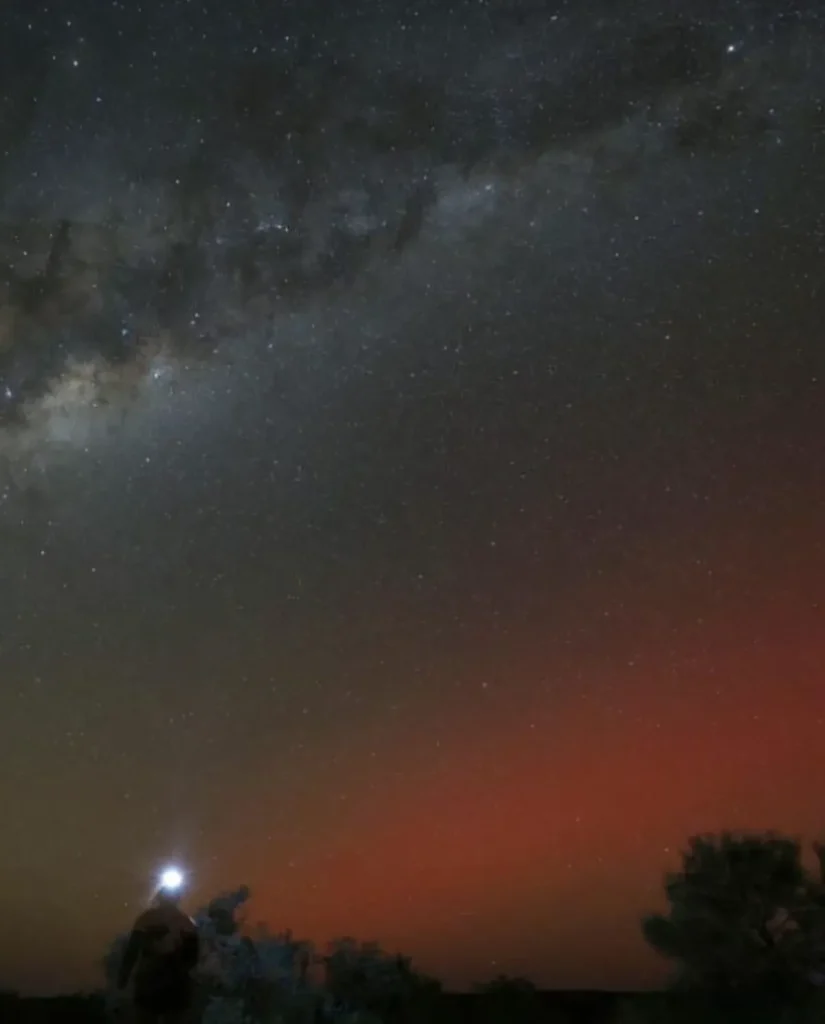Stargazing in Kakadu: The Best Spots for Nighttime Astronomy
Kakadu National Park in the Northern Territory of Australia is a vast wilderness with some of the best stargazing in the world. Famous for its old landscapes and rich Indigenous Aboriginal culture, Kakadu is a treasure trove for those who want to get back to the night sky. Far from the city lights of Alice Springs and Darwin, the desert and remote areas of Kakadu give you unobstructed views of the celestial objects, making it the ultimate stargazing adventure.
Why Kakadu National Park is the Best for Stargazing

Kakadu National Park is not just a pretty place with old rock formations; it’s also a stargazing hotspot with conditions perfect for viewing the night sky. The park’s remote areas have no artificial lights, so the night sky is at its best. The Southern Cross, the Southern Hemisphere’s most iconic constellation, is visible here, along with thousands of stars, faint stars and distant galaxies. The open skies and 360-degree views are unbeatable.
The dry season (May to October) is the best time for stargazing in Kakadu. The skies are clear, and the cool desert air is perfect for a night of stargazing. With no city lights and the natural beauty of the park, it’s a peaceful environment to get back to the wonder of stargazing.
Top Stargazing Spots in Kakadu National Park

- Ubirr Lookout
- Ubirr is one of Kakadu’s most popular spots, famous for its ancient rock art and cultural significance. As the sun sets, Ubirr becomes an amazing stargazing spot. The views are unbeatable. The Milky Way and distant galaxies stretch across the blackness. It’s the perfect base camp if you want to spend the night in awe of the universe.
- Nourlangie Rock
- Nourlangie Rock is another great stargazing spot in Kakadu. This place combines the rugged beauty of ancient landscapes with the peace of a remote stargazing site. The rock formations here make stunning silhouettes against the night sky, it’s a great spot for amateur and seasoned astronomers alike. The views from Nourlangie are fantastic, peaceful and inspiring.
- Gunlom Falls
- Gunlom Falls, with its clear waters and peaceful surroundings, is a secluded spot for an unforgettable night-sky Kakadu Day trip from Darwin. The reflected waters of the falls mirror the starry sky; it’s magic. It’s also a great spot for a campervan getaway, with campervan facilities and nearby campgrounds. Gunlom Falls is a pristine stargazing spot with comfort and stargazing.
- Maguk Gorge
- Maguk Gorge is a remote stargazing site with natural wonders and ancient stories. The gorge’s rugged terrain and secluded campgrounds is a serene environment for stargazing. The dark sky here is perfect for meteor showers, distant galaxies and other celestial bodies. Maguk Gorge is a great spot if you want a more intimate stargazing adventure, away from the city life.
- Yellow Water Billabong
- Yellow Water Billabong is famous for its sunrise cruises and wildlife but also as a stargazing spot. The calm waters of the billabong is a stunning backdrop for the night sky. The reflected surface of the water doubles the starry view, it’s one of the best stargazing spots in Kakadu. Whether you’re on a boat tour or just relaxing by the water, Yellow Water is an amazing stargazing experience.
Stargazing Beyond Kakadu: Other Top Spots in Australia

While Kakadu is the ultimate stargazing destination, Australia has many more amazing places to gaze up at the night sky.
- Warrumbungle National Park in New South Wales is Australia’s first Dark Sky Park, with perfect stargazing conditions and campervan facilities. The volcanic landscape and open spaces are ideal for stargazing, especially if you have deep sky telescopes and professional gear.
- Cradle Mountain in Tasmania is colder but just as good. The rugged mountains and coastline offer great overnight stargazing facilities. It’s a great base to escape the full moon and get uninterrupted views of the southern sky.
- Kosciuszko National Park in New South Wales has amazing views of the Australian night sky. The iconic landscapes and no city lights make it a stargazer’s paradise, especially in winter when the skies are clearest.
- Litchfield National Park in the Northern Territory is another great spot for stargazing. The vast desert landscape and remote areas give you unparalleled access to the night sky. No artificial lights means the stars shine bright, so you get amazing night sky views.
- Freycinet National Park in Tasmania is famous for its beaches and coastline, so it’s a perfect weekend getaway for stargazers. The park is remote and has no city light pollution, so it’s one of the best stargazing spots in Australia.
- Karijini National Park in Western Australia has rugged terrain and ancient monoliths, so it’s a dramatic backdrop for stargazing. The wide open skies and no lunar brightness make it the perfect window to see celestial bodies.
When to Visit for the Best Stargazing
May to October is the best time to visit Kakadu National Park for stargazing. The conditions are perfect then, with clear skies and low humidity. There are no bright moon phases during this time, so you get to see faint stars and distant galaxies.
Kakadu’s location in the Northern Territory gives you the opportunity to see the Milky Way and the Southern Cross. The dry season is the best time for stargazing, with cool desert skies and no cloud cover. No city lights and no artificial lights means the night sky is light pollution-free, so it’s the perfect spot for stargazing.
What to Bring for a Night of Stargazing in Kakadu

- Optical Telescope or Binoculars: If you want to see far off galaxies and celestial bodies an optical telescope is a must. Binoculars are also good for beginners to get a feel for the night sky.
- Star Map or Astronomy App: A star map or app will help you navigate the night sky and find constellations like the Southern Cross. These are especially useful in areas with wide-open skies where there are too many stars to count.
- Warm Clothing: Even in the NT, temperatures can drop significantly at night, especially in winter. Warm clothing is a must for a comfortable stargazing experience.
- Camera and Tripod: If you want to do astrophotography a camera with manual settings and a tripod is a must. Kakadu’s remote stargazing spots offer the most amazing views so it’s the perfect place to get some great night sky shots.
- Red Flashlight: A red flashlight will help preserve your night vision when you’re walking around your stargazing spot. This is especially important in areas with rough terrain, like Gunlom Falls and Maguk Gorge.
- Camping Gear: If you’re doing an overnighter make sure to bring camping gear. Kakadu National Park has many campgrounds from basic to campervan friendly.
Plan Your Stargazing Adventure in Kakadu
Kakadu National Park is a stargazing hot spot and a beautiful and culturally significant place. To make the most of your stargazing adventure, consider adding a road trip itinerary planner to your travel plans. This will allow you to visit the park’s stargazing spots, iconic landmarks, and ancient rock formations.
If you want a more structured stargazing experience astronomy tours are available in Kakadu. These tours often include use of big telescopes and professional grade equipment and insights into the night sky from experienced guides. Some tours also include cultural tours where you can learn about the Indigenous Aboriginal stories of the stars.
Kakadu’s remoteness and lack of city lights makes it the perfect place for a stargazing adventure. Whether you’re camping in a secluded spot or at a facility with campervan amenities Kakadu has something for everyone. The park’s rugged landscapes and ancient monoliths are the perfect backdrop for a night of stargazing and the wide open spaces and clear skies will give you unobstructed views of the night sky.
FAQ
Why is Kakadu National Park a great place to stargaze?
Kakadu’s remote location in the Northern Territory, no artificial lights and no city light pollution, and wide open skies and 360 degree views makes it an amazing stargazing destination. You can see the Southern Cross, the Milky Way and countless stars like never before, whether you’re an amateur or seasoned astronomer.
Are there other stargazing spots in Australia, such as Kakadu?
Yes, there are several other great stargazing spots in Australia. Warrumbungle National Park is Australia’s first Dark Sky Park and Cradle Mountain in Tasmania. Both have pristine stargazing conditions and campervan facilities and amazing sites to view the night sky. Kosciuszko National Park and Litchfield National Park also have great night sky views and stargazing opportunities.
Can I see the Aurora Australis from Kakadu?
The Aurora Australis or Southern Lights is not visible from Kakadu as it’s too far north. However, it can be seen in the southern parts of Australia, such as Tasmania and South Australia.
What stargazing tours are available in Kakadu?
There are several stargazing tours in Kakadu, from campgrounds to observatories. These tours often include use of optical telescopes and other professional grade equipment and expert guides who will tell you about the night sky and Indigenous Aboriginal stories of the stars.
What’s the best time to stargaze in Kakadu?
The best time for stargazing in Kakadu is during the winter months of May to October. The skies are clear, with minimal humidity and no moonlight, perfect for viewing faint stars, distant galaxies and meteor showers.
Can I do other activities in Kakadu with stargazing?
Yes. Kakadu National Park has many other activities, cultural tours, rock art, hiking and birdwatching. Stargazing can be combined with these activities, so you can have a day of adventure and then a night under the stars.
What to consider when stargazing in Kakadu?
When stargazing in Kakadu consider the timing of your visit to coincide with the best stargazing conditions, clear skies and dark nights. Also prepare for the cold winter months with warm clothing. And plan your accommodation, 2WD campervan, camping gear for primitive campsites or facility with campervan facilities.
